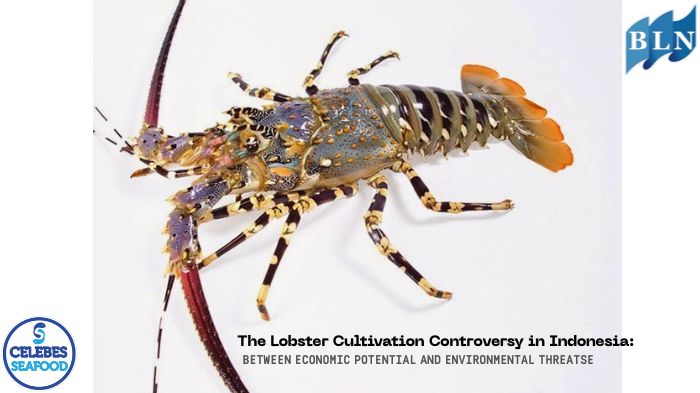Shark Life Cycle You Should Know
By. Nevanda - 10 Apr 2023
lautnusantara.com - Sharks go through a life cycle that is similar to most other fish, but with a few unique adaptations. Here are the typical stages in the life cycle of a shark:
1. Egg stage: Sharks reproduce through internal fertilization, and females lay eggs that are fertilized by males. The eggs are encased in a protective case, which is often called a mermaid's purse. The length of time the eggs take to hatch depends on the species of shark, but it can range from a few months to over a year.
2. Pup stage: When the eggs hatch, the baby sharks, or pups, emerge. At this stage, the pups are usually about 8-10 inches long and must fend for themselves. Many shark species, such as the great white, tiger, and bull shark, are born fully formed and ready to swim and hunt on their own.
Read also: Simple Takoyaki Recipe You Can Try at Home
3. Juvenile stage: As the pups grow and mature, they enter the juvenile stage. During this time, they continue to grow and develop, but they also face many challenges. Young sharks are often preyed upon by larger sharks, killer whales, and other marine predators.
4. Adult stage: Once the shark reaches maturity, it will begin to reproduce and continue the life cycle. The age at which a shark reaches maturity varies greatly by species, but it can take anywhere from a few years to over a decade.
Read also: Fish Waste Potential to Become Compost
5. Senior stage: In their senior years, sharks may slow down and become less active, but they can still reproduce and live for many more years. Some species, such as the Greenland shark, can live for over 400 years!
Throughout their life cycle, sharks play an important role in marine ecosystems as apex predators. However, many species are facing threats from overfishing, habitat loss, and other human activities. Conservation efforts are essential to protect these fascinating creatures and ensure their survival for future generations.
Read also: The Health Benefits of Consuming Shellfish You Should Know








